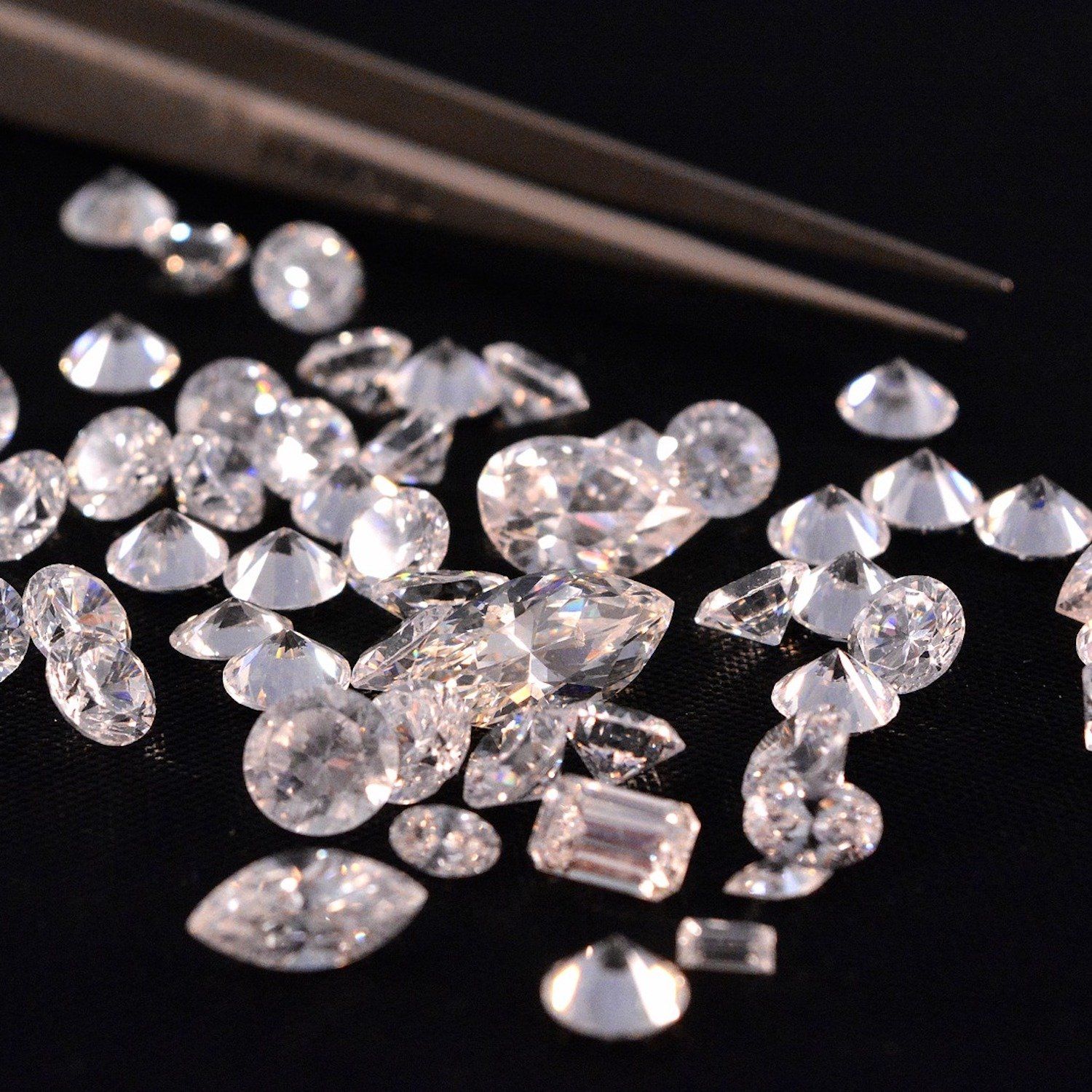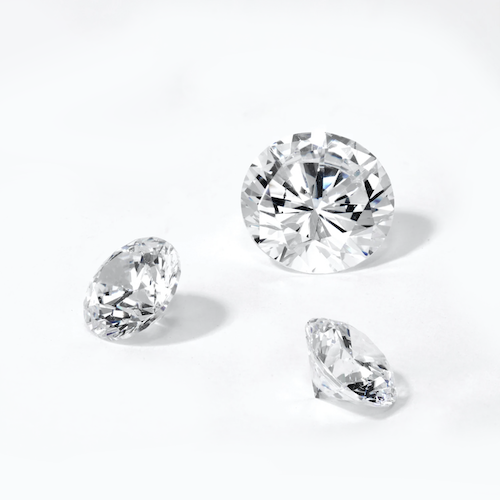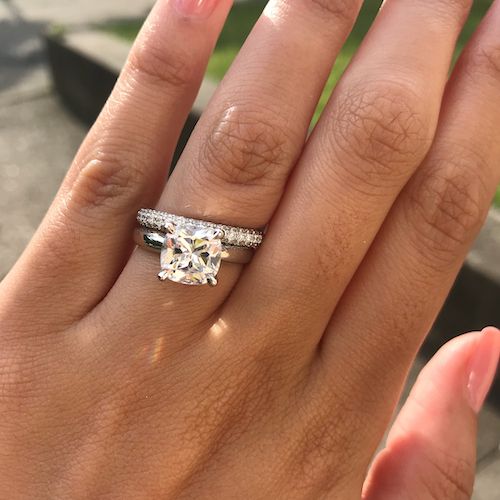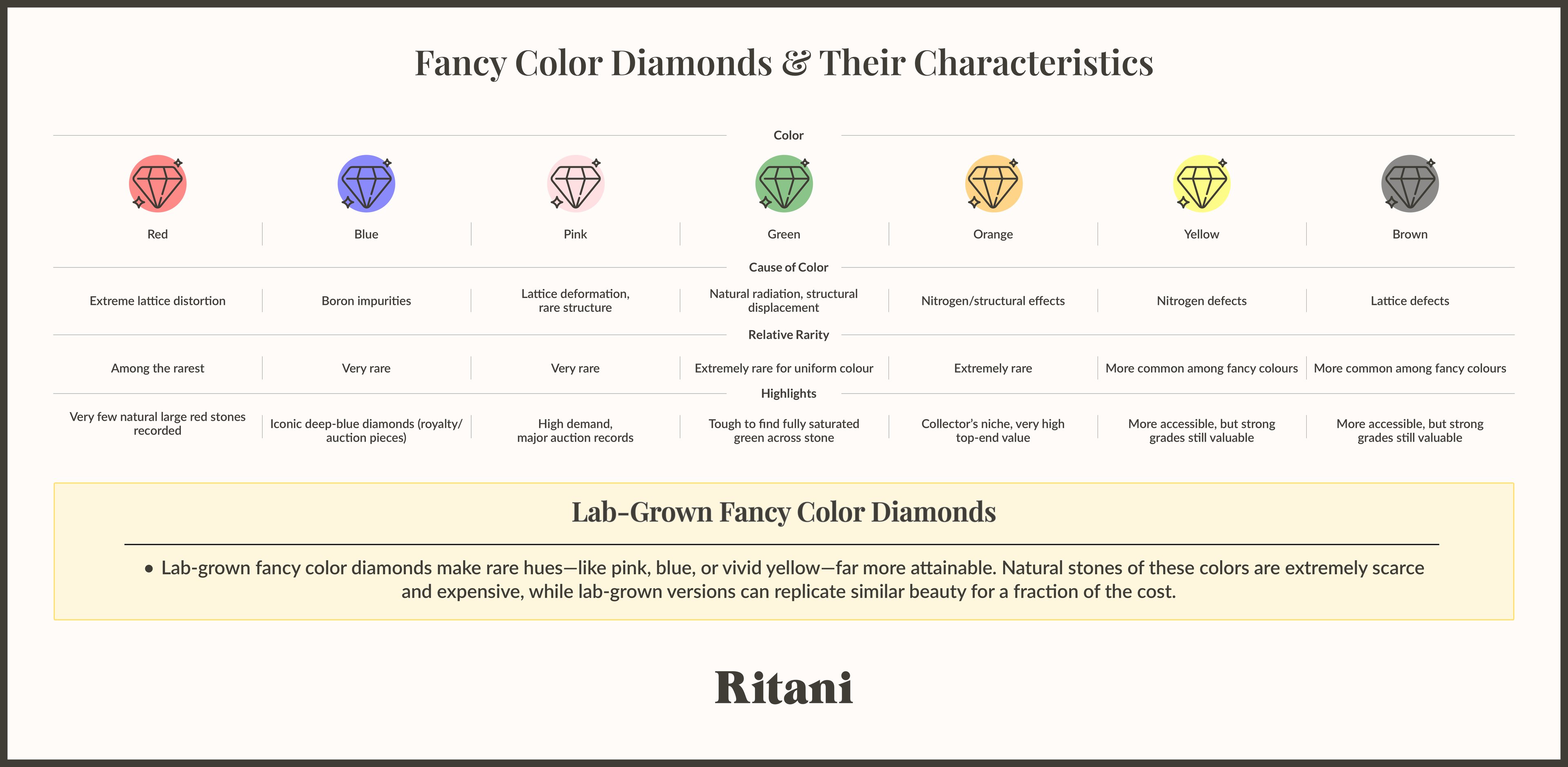Diamond Cutting 101

Today’s post is all about diamond cutting. I’m going to give you a look at the geography, strategy, and tools behind diamond cutting, with some fun facts scattered in between!
Rough Diamonds
Diamonds don’t just come out of the mine looking like this:

…But rather like this, some semi-shapeless hunks of sparkle:

How do diamonds go from their rough state to a polished and attractive cut stone? First, they have to be sent to one of the large diamond cutting centers of the world.
In terms of volume, India is #1 in diamond cutting. Over 90% of rough diamonds go to India to be cut in a city called Surat, located about 3 hours north of Mumbai. The remaining 10% or so are sent to Antwerp, New York City, or Israel. These locations receive most of the rough diamonds that are flawless and over 2 carats, because they cut rough diamonds by hand.
Diamond Cutting History
I won’t go into the old days of diamond cutting in too much detail, but here’s a short history lesson for you. The first official diamond cut dates back to Europe in the late 1300s, called the Point Cut. The Point Cut was much less complicated than the diamond cuts we have today, and it was mainly used to eliminate waste. Most of the diamond cuts on the market today originated in the 1940s and 1950s.
RELATED: Vintage Diamond Cuts
The Ins & Outs of Diamond Cuts
A diamond cutter can tell what the end shape of a diamond should be by the time they get a good look at the rough stone. A diamond cut is decided by taking two main ideas into consideration: how to maximize yield and how to maximize profitability. Ideally, a diamond cutter would love to get the most valuable and highest number of cut stones possible while minimizing waste.
The pros and cons of these two factors are weighed every time a rough diamond is cut. For example, say you’re a diamond cutter and you get your hands on some rough diamonds like these:

After some inspection, it looks like you will get more heart-shaped diamonds than cushion cut out of these rough stones. The smart choice is actually to go with the cushion cut, even though you’ll get fewer cut stones. The cushion cut is both easier and more valuable than heart-shaped, so it’s the best option.
The hardest diamond shapes to achieve include marquise cut, specialty cuts such as heart-shaped and trilliant, and any other custom or uncommon shape. On the other hand, the easiest diamond shape is round cut, which is also the most popular.
The Diamond Cutting Process
Once a rough diamond arrives in India, Israel, New York, Antwerp, or elsewhere, a highly trained diamond cutter cuts it either by hand or using a machine.
Although diamond-cutting machines are highly accurate and useful, hand cutting a diamond is an incredible work of craftsmanship. To learn to cut diamonds by hand, you have to do it the old-fashioned way. A hand cutter has to begin their career as an apprentice of a more skilled and experienced master cutter. Over 5-20 years, hand cutters gain certifications until they can become a master diamond cutter. In today’s high-tech world, diamond cutting is one of the last true handcrafted arts.
Of course, machines are much quicker and easier than handcrafting, making them the more popular diamond cutting method. With a machine, most diamonds can be cut within 24 hours. Hand cutting a diamond takes anywhere from 1 week to 6 months.
One situation in which machine cutting is less common is with those larger, flawless diamonds I mentioned at the beginning of this post.

Higher value diamonds are cut by hand because a machine still can’t match the expertise and intuition of a master diamond cutter. Sadly enough, as the machines become more and more accurate, it’s likely that the craft of cutting diamonds by hand will die out.
After a polish, cutting is complete and the freshly cut diamond starts the next step of its journey – the diamond grading process.
Looking for a certified diamond of your own?


